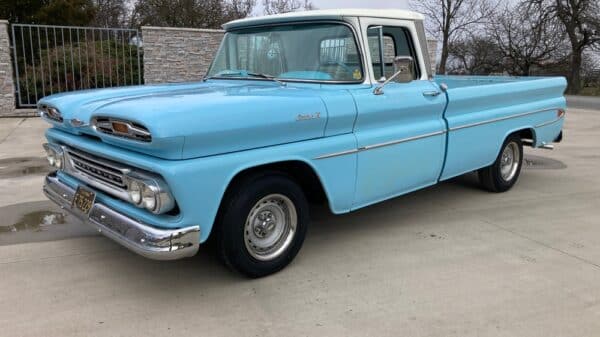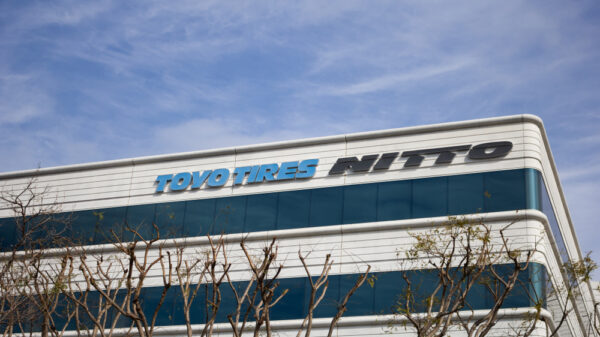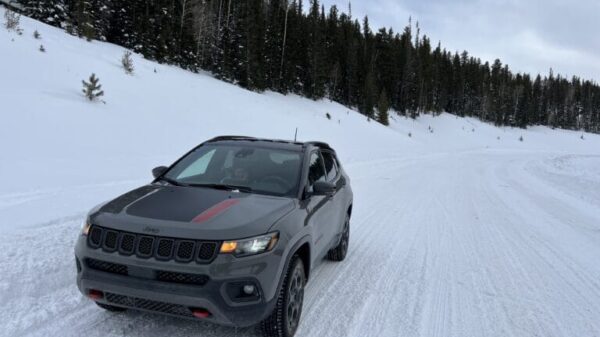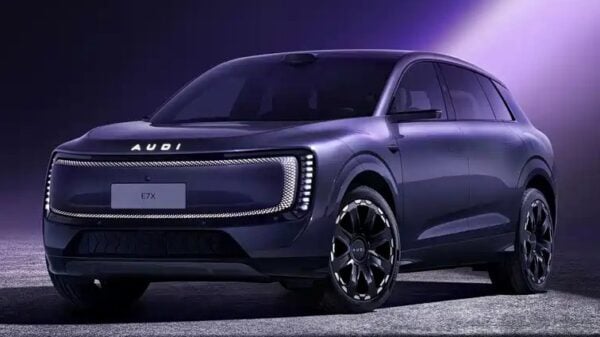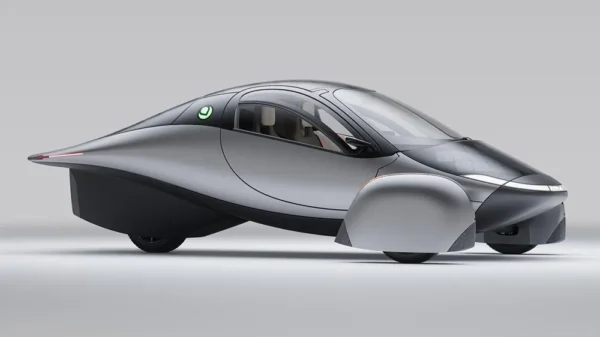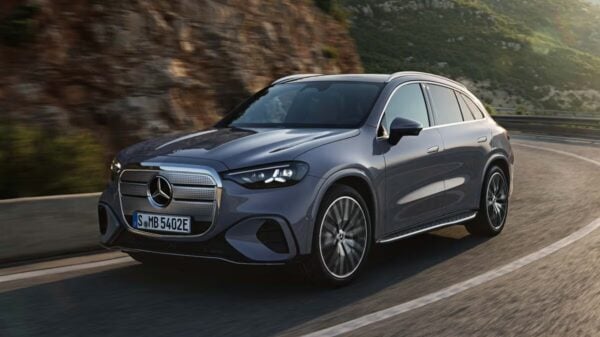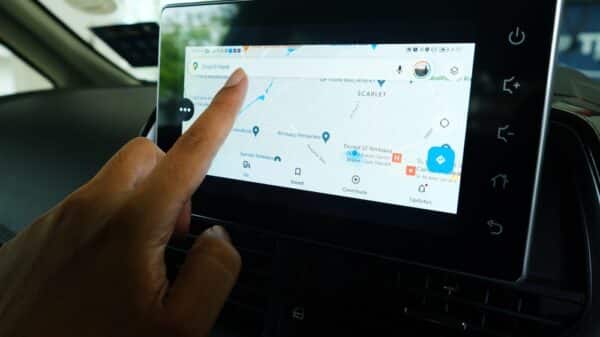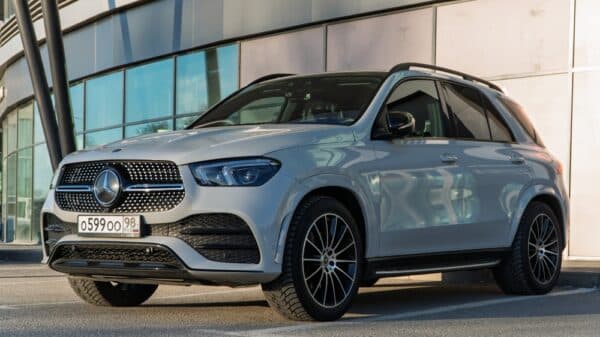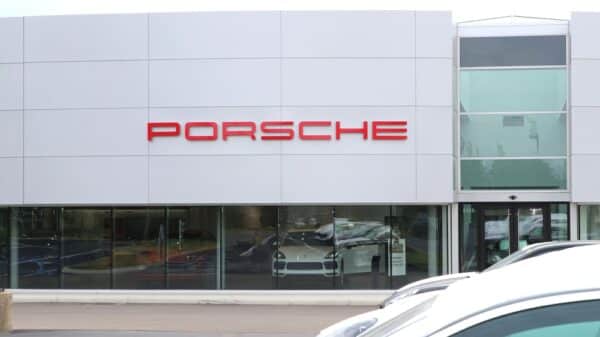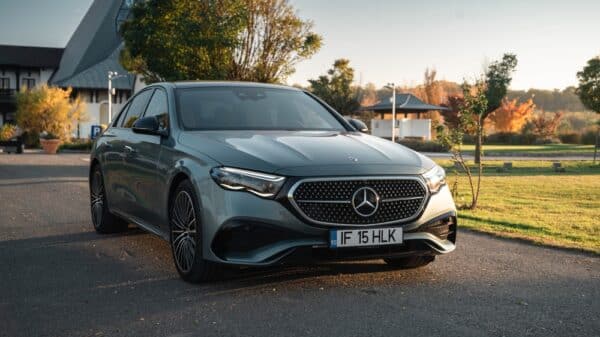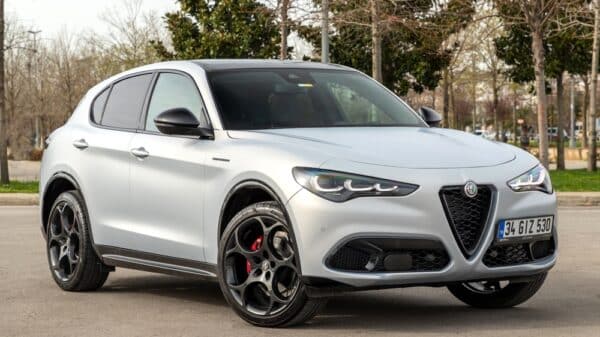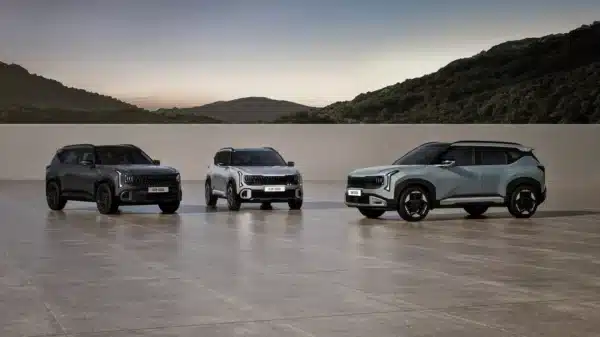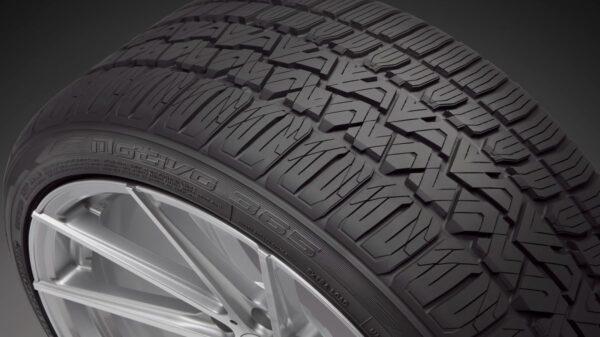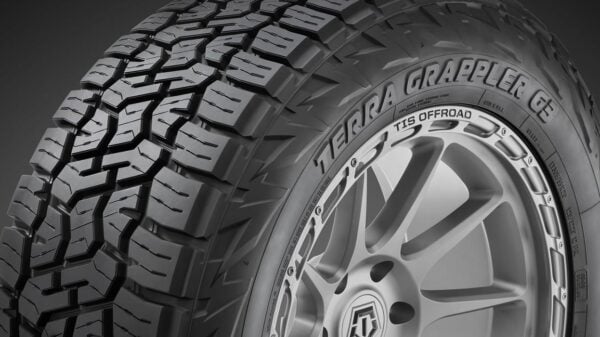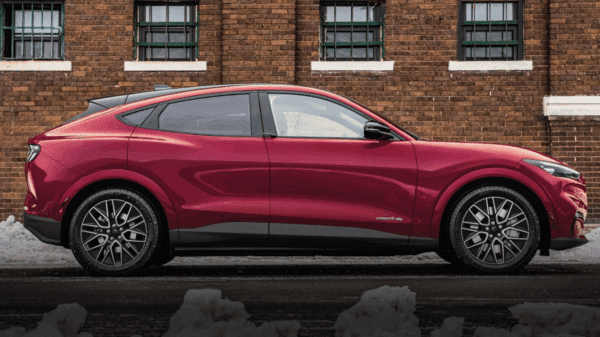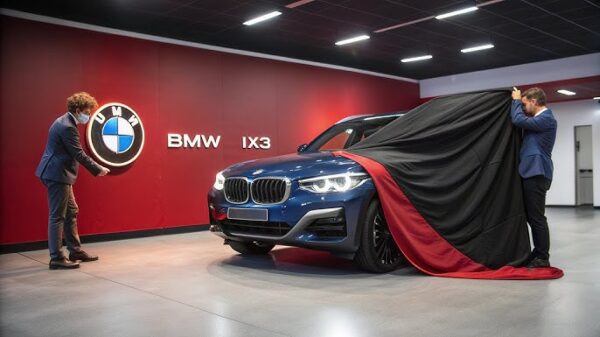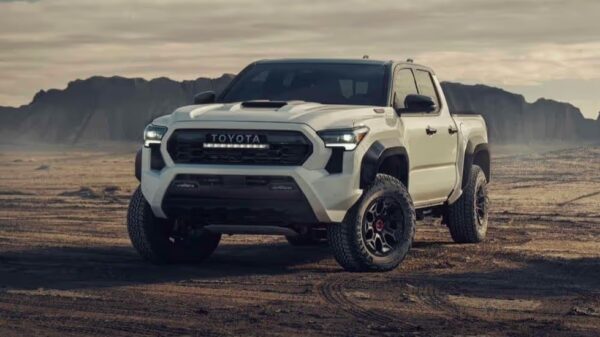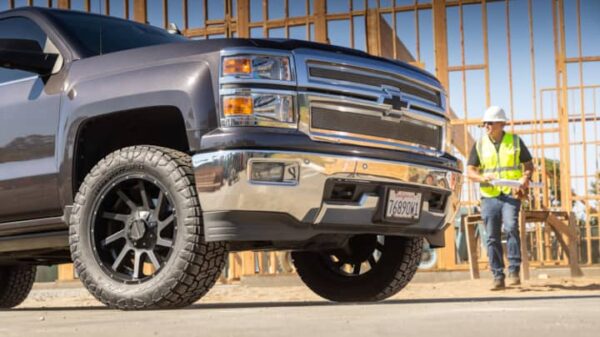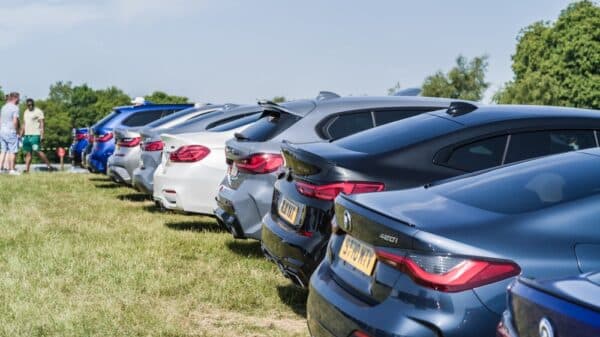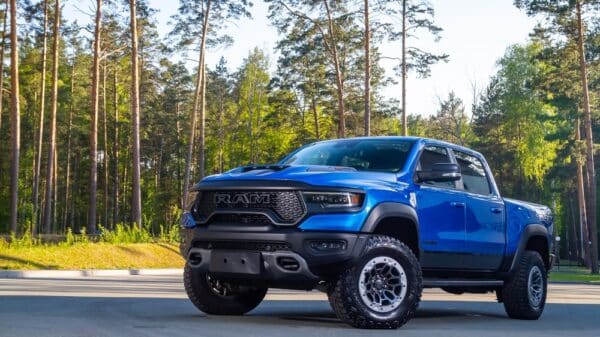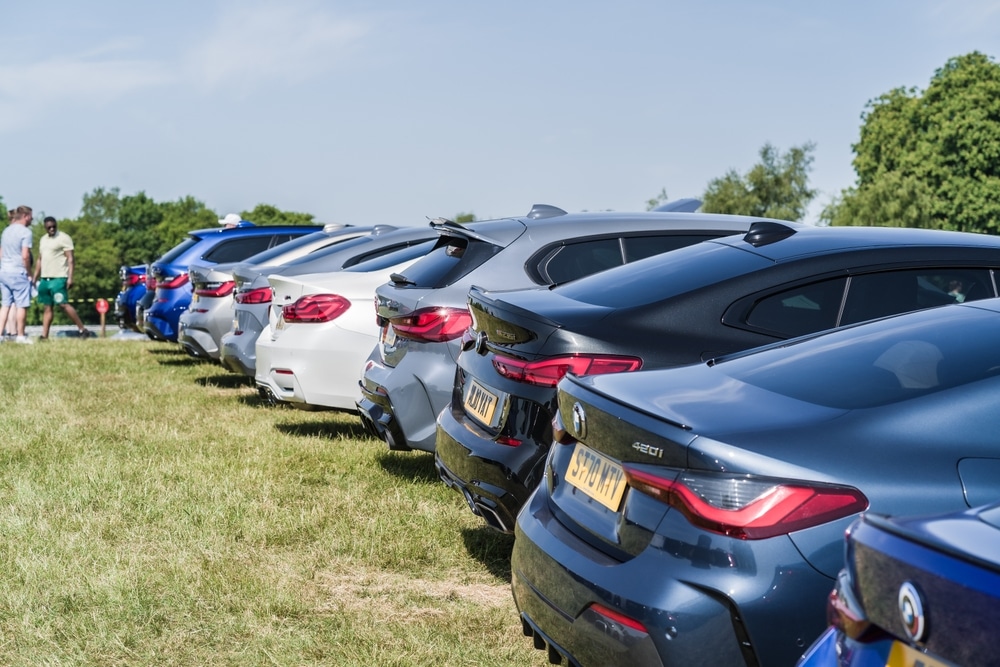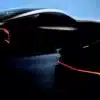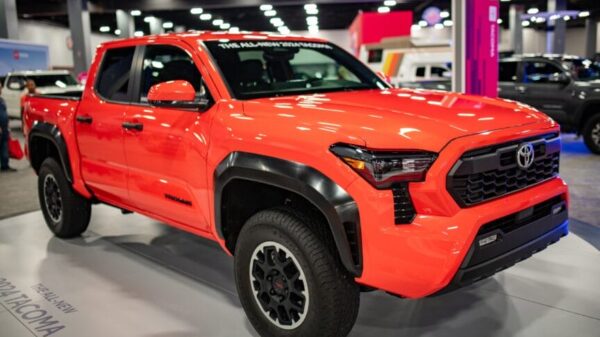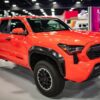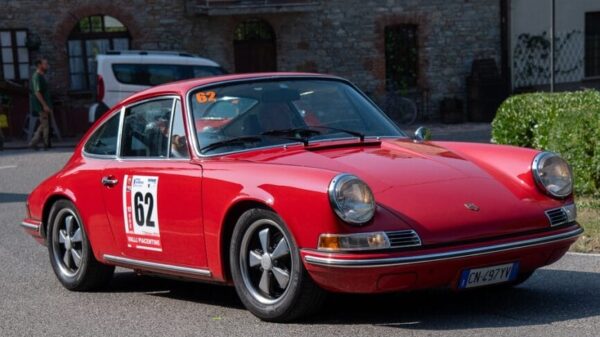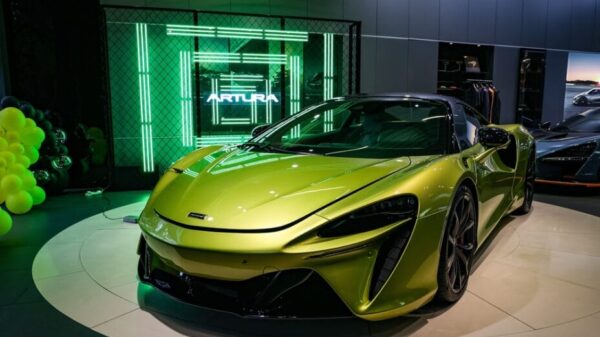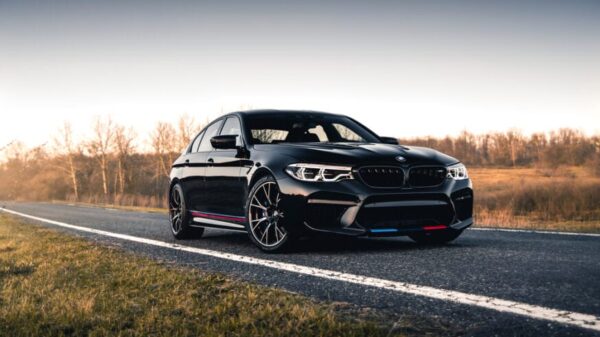No, it’s not just that we’re aging; it feels as though time is accelerating. This perception is partly fueled by our extensive online presence, where we find ourselves engrossed in algorithms and lost in an endless scroll through our feeds. Be it news updates, humorous memes, catchy songs, or the latest viral sensation, we experience everything in short cycles—lasting perhaps a week or two—before something new takes its place.
This phenomenon is closely linked to what is termed “flattening”: a significant shift in how we consume content, driven by social media and algorithms. This evolving culture has deeply influenced modern life, including car culture.
Digital Speed
Recently, I have been immersing myself in vintage car magazines. I paid particular attention to the covers and thumbed through the pages of these old prints, noting a unique sense of eras and styles. The progression from one decade’s magazines to another displayed a slow yet fascinating evolution of design.
Take, for example, the iconic 1955 Chevy. Observing how the modified versions of this car transformed through the decades is compelling.
In the mid-‘50s, the Chevy was brand new. As we moved into the ‘60s, we saw it take on a lowered, custom look or become a stripped-back quarter-mile racer. By the ‘70s, a street machine version boasted large rear tires and Cragar wheels. In the ‘80s, pastel graphics and tweed interiors characterized the models. The ‘90s witnessed the rise of the “Pro Street” style, while the 2000s introduced the Pro Touring or “G-Machine” aesthetic.
Throughout this period, there were builders, trendsetters, influencers, and movements that emerged across the car culture landscape. Some trends have aged gracefully while others have been less favorable, with some likely best forgotten. However, each movement required time to develop and spread before evolving or being replaced by the next big thing.
No Time to Trend
This was the general trend until the 2000s, when the internet initiated significant changes. The landscape was dramatically altered with the rise of social media. Reflecting on the early days of social media, the last major car culture “trend” that stands out is the “stance” movement.
Stance emerged in the late ‘00s and early ‘10s, characterized by extreme camber, stretched tires, and ultra-low ride heights. Its meteoric rise and decline coincided with the social media explosion of the 2010s.
Social media hasn’t diminished the activity of car enthusiasts; in fact, it may have intensified it. However, trends now fade away so swiftly that there’s hardly any time for a true “trend” to form. Today’s automotive personalities, primarily found on platforms like YouTube, boast large audiences and generate vast amounts of quickly consumable content.
Built to Last?
Of course, there are remarkable cars being built and adventurous experiences being documented, but creators will share that as soon as one project is completed, it’s immediately on to the next.
Moreover, many of these builds seem designed more for their shock value than for enduring appeal or realistic aspirations within the enthusiast community. It appears that car culture may have reached a sort of plateau.
As we approach the midpoint of the 2020s, it will be intriguing to see whether the rapid “trending” nature of social media culture continues to stifle the growth of any organic or distinct new movements within the automotive realm.
What do Modern Car Designers Think?
We reached out to some of our favorite automotive designers and influencers, Jon Sibal and Andreas Wennevold, to hear their perspectives on the current state of the industry and the influences of social media and AI on car culture.
Jon:
One of the standout aftermarket trends from the 2010s was when Rocket Bunny/Pandem effectively dominated the widebody scene for import cars, particularly with the release of the FR-S/ BRZ kit. Its influence was so profound that it led to an influx of copies and replicas, reminiscent of Veilside’s impact from the mid-90s to early 2000s.
In the 2020s, while past trends remain, social media fosters an environment where the desire for bigger and wilder builds is heightened. More audacious and controversial constructions tend to get more attention, motivating others to emulate them for the “views.”


